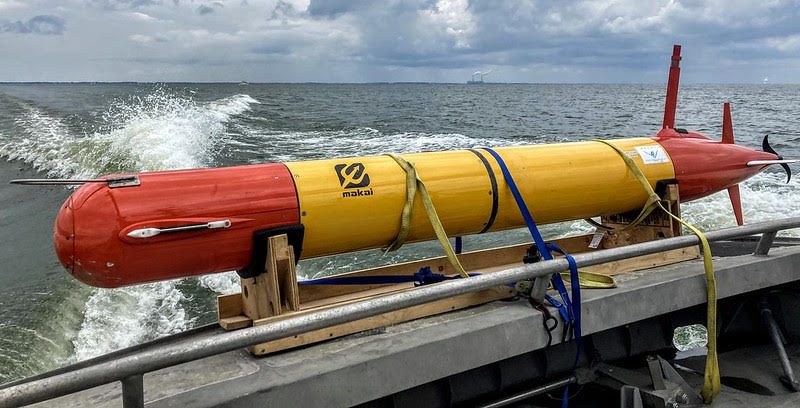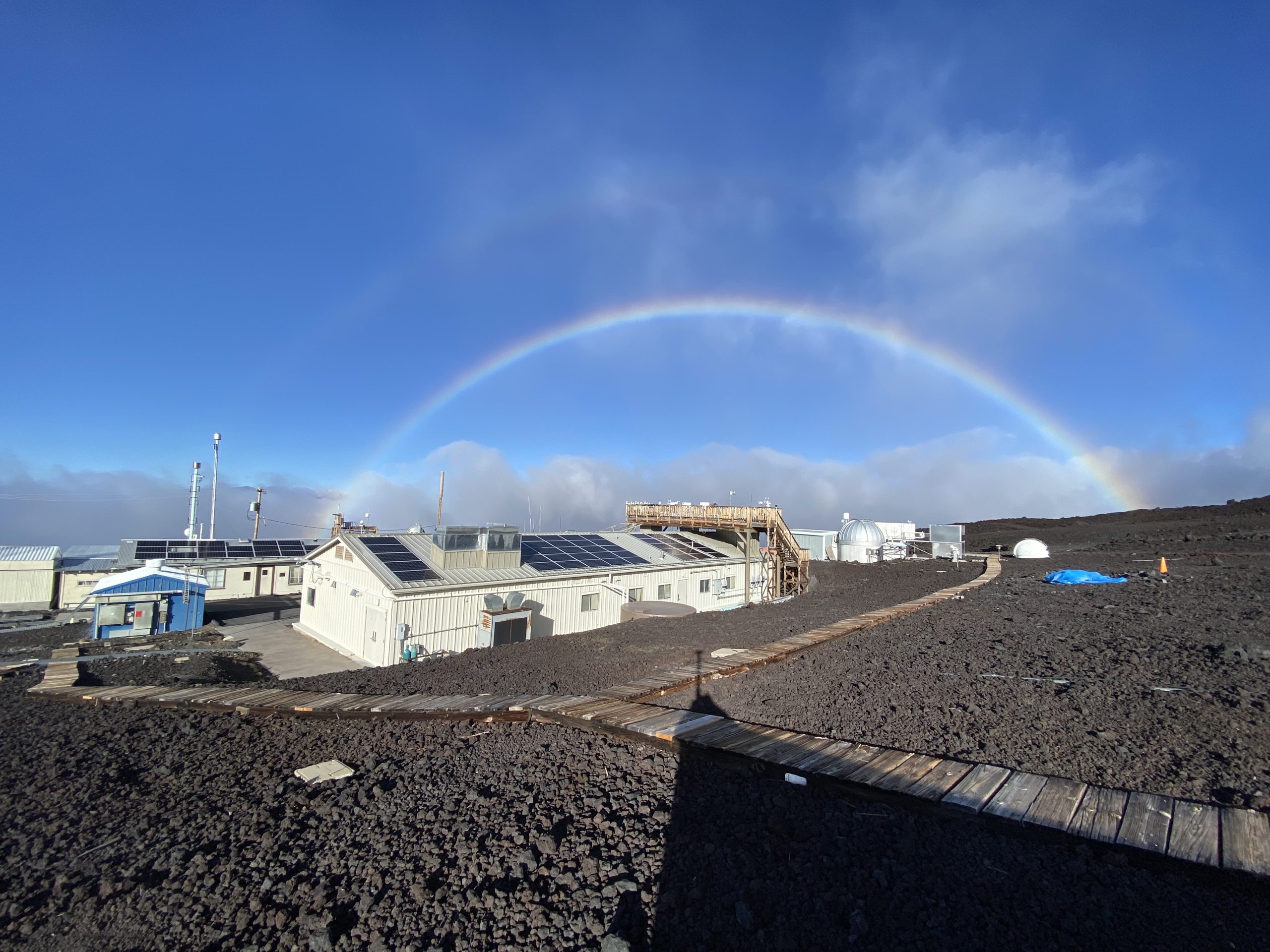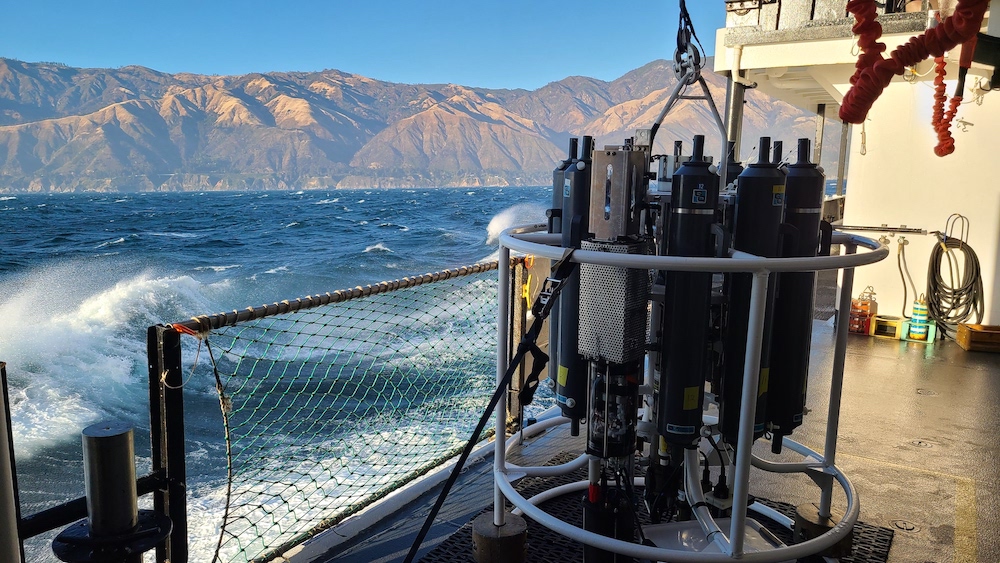The Port of Miami is a bustling waterway with large cruise and cargo ships, ferries, fishing vessels, and recreational boats. As it turns out, this waterway is also home to a resilient coral community.
According to a new study in Nature’s Scientific Reports by researchers with NOAA’s Atlantic Oceanographic and Meteorological Laboratory (AOML), the University of Miami Cooperative Institute of Marine and Atmospheric Studies (CIMAS) and other partners, the corals within this urbanized environment have demonstrated great resilience against unfavorable conditions, such as poor water quality, excess nutrients, high temperatures, high salinity, and low pH levels. These corals have built strong and diverse communities on man-made substrates, such as seawalls and discarded objects.

“The Port of Miami is quite different from the places where we normally work. Everything is artificial, engineered, and constructed,” said Ian Enochs, research ecologist at NOAA AOML and lead author of the new study. “Somehow, nature has found a way to persist even in the most unnatural of environments.”
Scientists visited the Port of Miami over a three-year period beginning in 2018 to monitor environmental conditions and measure coral community dynamics. The research team used a suite of state-of-the-art instruments that included sub-surface autonomous samplers designed at CIMAS/AOML and coral photomosaics.
The samplers monitored the temperature, pH, oxygen, carbonate chemistry, light, and tidal flow at three reef sites. Photomosaics consisting of thousands of high resolution underwater photos stitched together created detailed maps of these habitats to characterize their coral cover, spread, and species diversity.
Through a collaboration with Coral Morphologic’s Coral City Camera, live underwater cameras were placed at an urban coral nursery site, which helped scientists to identify unique fish species visiting the site, including the endangered smalltooth sawfish.
“Studying these ‘urban’ corals is important because they are rare and threatened, and also because they demonstrate surprising resilience that can teach us about the future of coral reef ecosystems today,” said Enochs. “The fact that these rare, valuable species have the ability to persist in the waterways of Miami offers us a glimpse into a tenuous coexistence and provides a ray of hope that some of these species may be able to survive in a landscape increasingly defined by human influence.”
This research was funded by NOAA OAR’s ‘Omics Initiative. Additional support was provided by NOAA’s Ocean Acidification Program and Coral Reef Conservation Program. The results of this study were only possible through a close collaboration among NOAA AOML, UM CIMAS, and Coral Morphologic, especially the dedicated field efforts of numerous scuba divers and laboratory technicians.
To read the research in Nature’s Scientific Reports, go online; Coral persistence despite marginal conditions in the Port of Miami.
Authors included: Ian C. Enochs, Michael S. Studivan, Graham Kolodziej, Colin Foord, Isabelle Basden, Albert Boyd, Nathan Formel, Amanda Kirkland, Ewelina Rubin, Mike Jankulak, Ian Smith, Christopher R. Kelble & Derek P. Manzello.
For more information please contact Laura Chaibongsai, AOML Communications, at laura.chaibongsai.gov






A purple- brown coral species emerges from the surface of the water with the skyline of Miami in the background. Credit: Colin Foord/ Coral Morphologic



